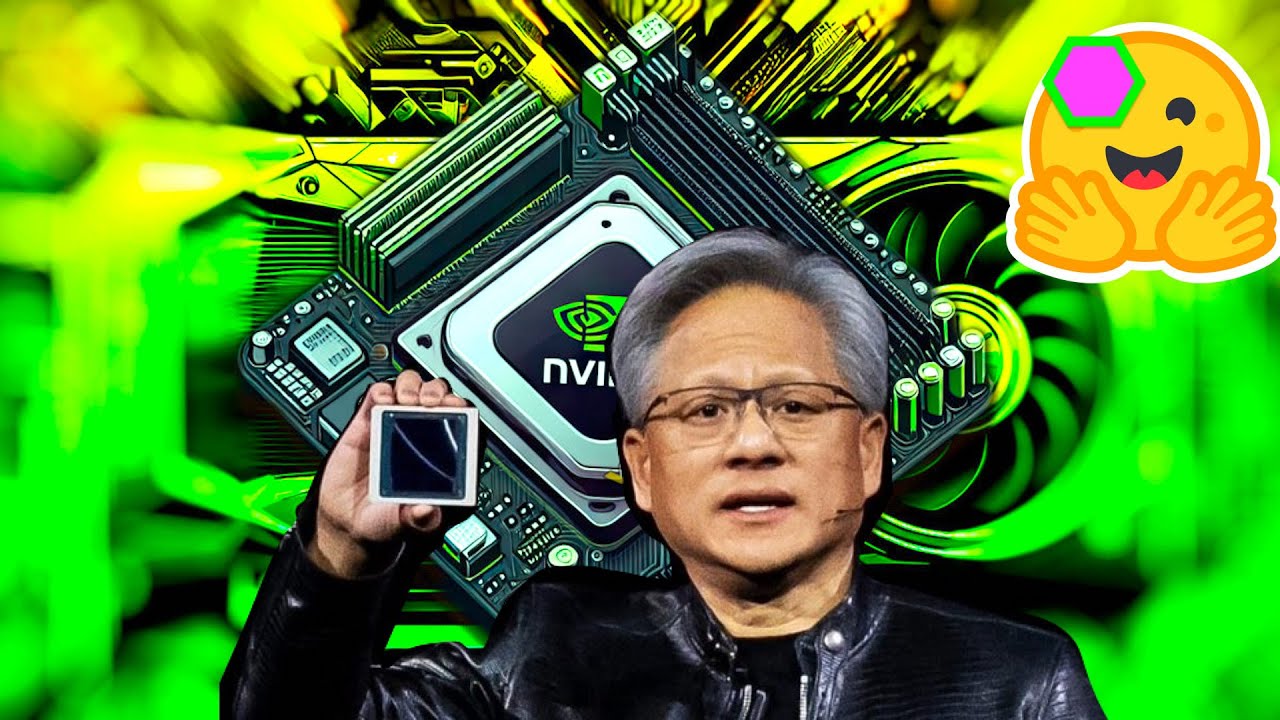In the Nvidia CES keynote, CEO Jensen Huang showcased the new GeForce RTX 50 Series GPUs, highlighting their advanced AI capabilities and the transformative impact of AI on gaming and graphics through technologies like Deep Learning Super Sampling. He also introduced Nvidia’s Cosmos model for understanding the physical world and the next-generation robotics computer, Thor, emphasizing the company’s commitment to safety and innovation in AI and robotics across various industries.
In the Nvidia CES keynote, CEO Jensen Huang introduced the audience to the company’s latest advancements in artificial intelligence (AI) and graphics processing units (GPUs). He emphasized Nvidia’s journey from its inception in 1993 with the NV1 to the current state of AI and GPU technology. Huang highlighted the transformative impact of AI, particularly through the introduction of machine learning and the revolutionary Transformer architecture, which has reshaped computing and enabled a wide range of applications across various modalities, including text, images, and sounds.
Huang unveiled the new GeForce RTX 50 Series, known as the Blackwell architecture, which boasts impressive specifications, including 92 billion transistors and significant improvements in AI performance. He explained how AI has revolutionized real-time computer graphics, particularly through techniques like Deep Learning Super Sampling (DLSS), which allows for high-quality rendering while reducing computational load. The new GPUs are designed to enhance gaming and graphics performance, making AI an integral part of the gaming experience.
The keynote also delved into the scaling laws of AI, which dictate that larger models trained on more data yield better performance. Huang discussed the importance of post-training and test-time scaling, which enhance AI capabilities through reinforcement learning and adaptive resource allocation during inference. He emphasized the growing demand for Nvidia’s computing power to support the rapid advancements in AI, particularly as industries seek to leverage AI for various applications.
Huang introduced Nvidia’s Cosmos, a world foundation model designed to understand the physical world, trained on 20 million hours of video. This model aims to facilitate advancements in robotics and industrial AI by providing a comprehensive understanding of physical dynamics and interactions. The integration of Cosmos with Nvidia’s Omniverse platform allows for the creation of digital twins, enabling simulations that can optimize real-world processes in industries such as manufacturing and autonomous vehicles.
Finally, Huang announced the next-generation robotics computer, Thor, which significantly enhances processing capabilities for autonomous vehicles. He highlighted Nvidia’s commitment to safety with the certification of Drive OS, the first software-defined AI computer to meet the highest safety standards for automobiles. The keynote concluded with a vision for the future of AI and robotics, emphasizing the potential for transformative advancements across various sectors, driven by Nvidia’s innovative technologies.
